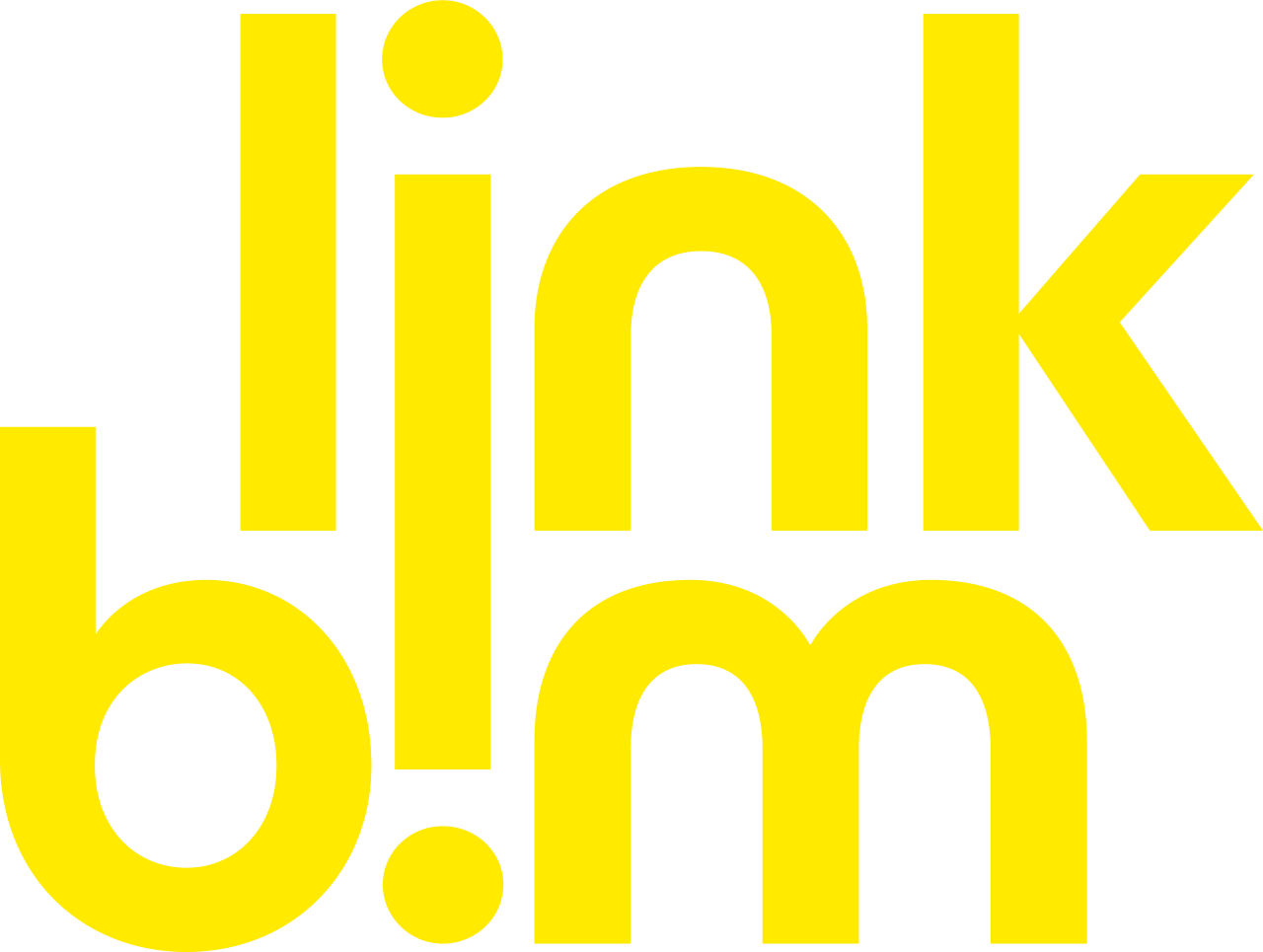Home » BIM digital model » BIM 3D modelling of the building
BIM 3D modelling of the building



The benefits of BIM modelling for architectural trades
CVSE (Heating, Ventilation, Sanitary and Electricity) modelling
The modelling of CVSE models is a key issue for BIM. Indeed, CVSE modelling makes it possible to obtain a precise quantity, to check the sizing of the networks but also to carry out a 3D coordination between all the networks in order to predict and resolve the various clashes.
Link-BIM therefore has an advantage in this area, thanks to a CVSE specialist and internal processes. These allow fast 3D modelling. The design is simplified in order to reduce the cost of the linear networks, but also to guarantee support during the different SIA phases, for optimal installation and operation of the different networks.
3D modelling with BIM objects
LOD 400 BIM
At Link-BIM, we carry out BIM modelling in LOD 400. Indeed, first, we have a library of BIM objects with this level of detail. We also adapt to the LOI (Level of information) necessary for the smooth running of projects. Secondly, we have implemented a different design method in connection with our graphic charters, so that the model meets these prerequisites. The level of detail, or LOD, is the geometric precision of a BIM model.
The LOD 400 is the ideal level of detail for producing 2D working plans corresponding to the SIA standard. To achieve this, it is necessary to integrate information and parameters allowing to take into account a lot of data. This level of detail also opens the door to operational BIM and LOD 500.